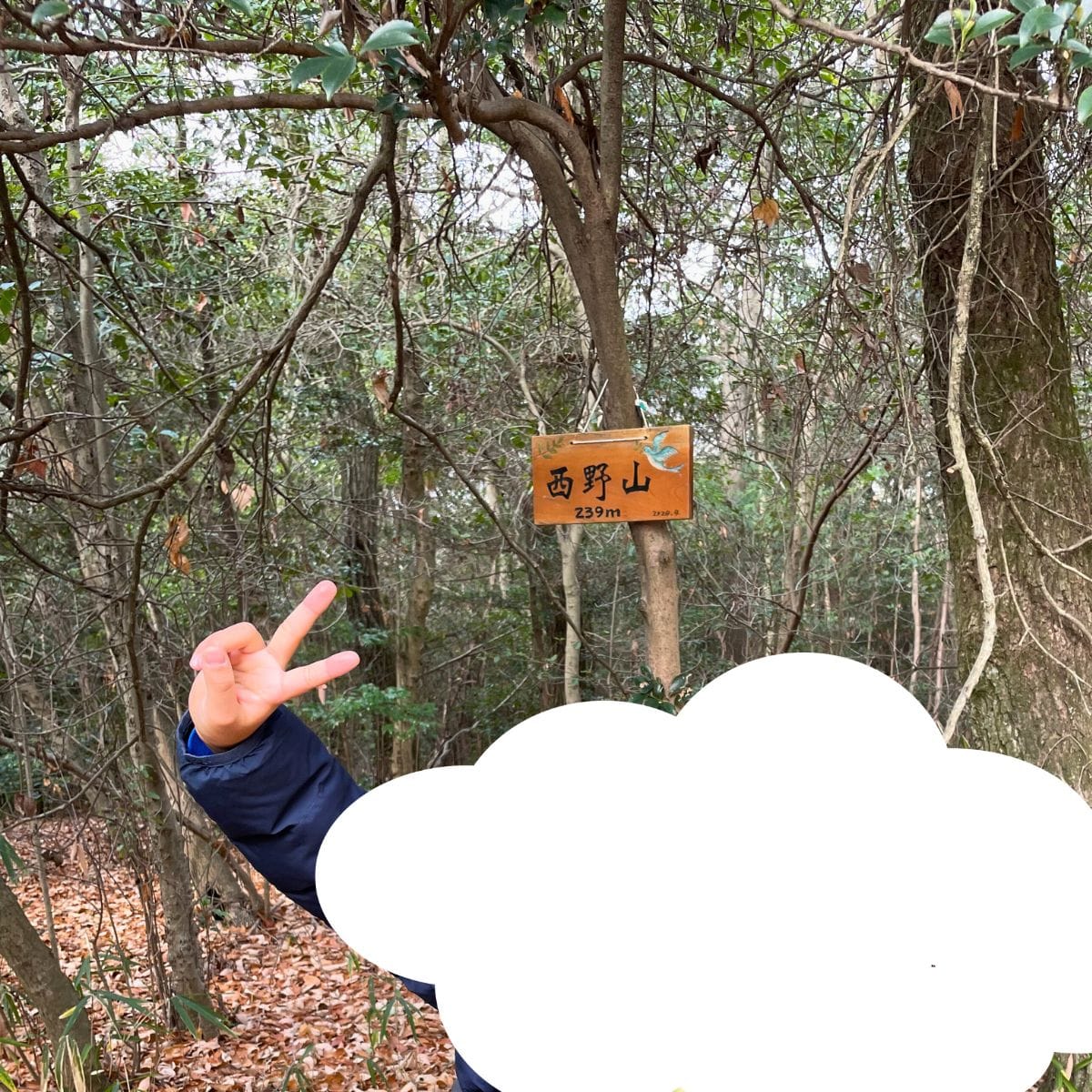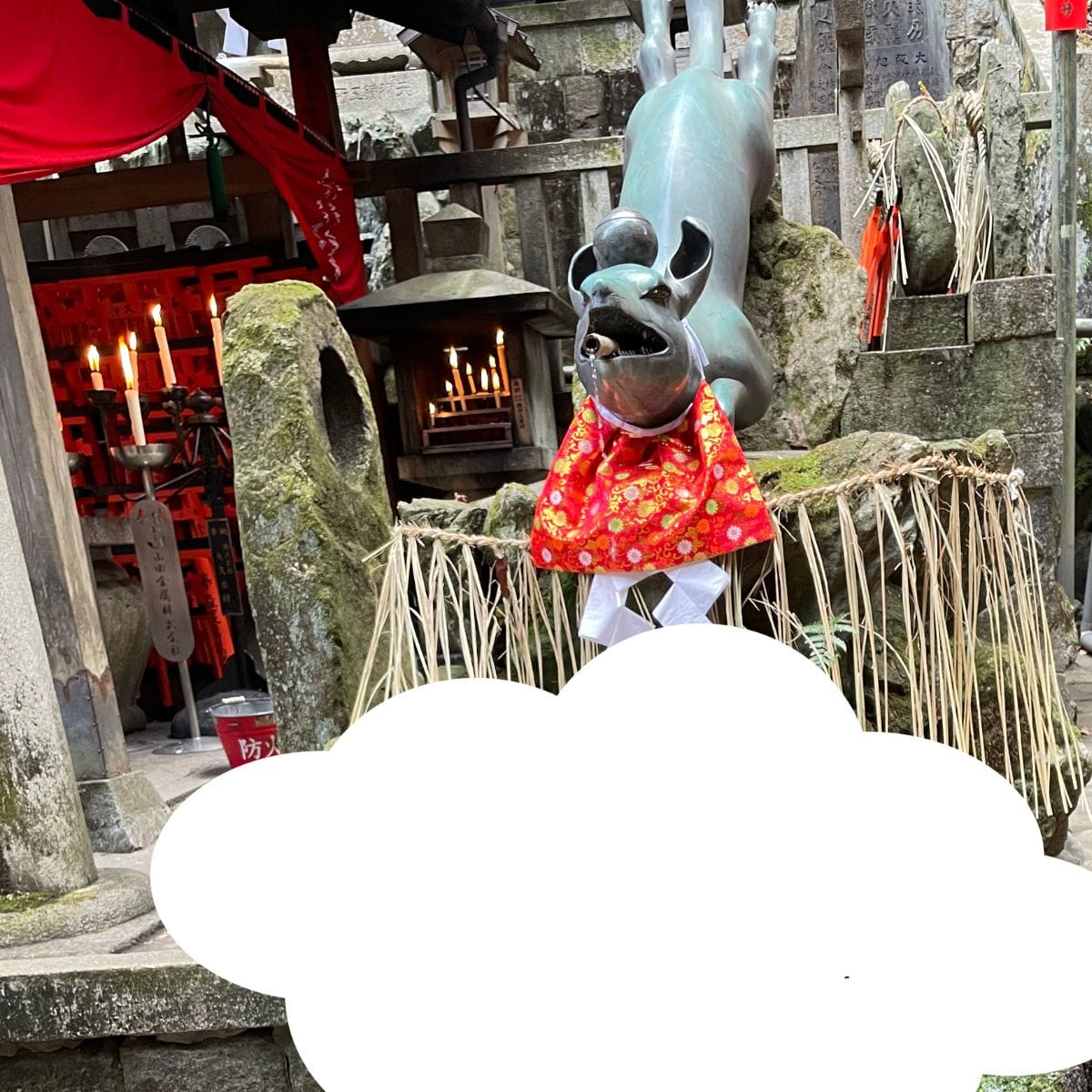Kyoto Round Trail : From JR Momoyama Station to Fushimi Inari and Keage

I’ve recently become interested in long-distance trails, so I decided to walk roughly 20 kilometers of part of the Kyoto Trail—an extensive route that circles around the entire city—from JR Momoyama(JR桃山) Station to Keage(蹴上). This path is quite famous among trail runners, and many hikers choose to begin their journey at Fushimi Inari Taisha(伏見稲荷). Setting foot on the Kyoto Trail in this section revealed not only the area’s natural beauty but also a stronger sense of Kyoto’s rich history and spiritual allure.
Route Overview & Scenic Highlights
Starting at the JR Nara Line’s JR Momoyama (JR桃山) Station
JR Momoyama Station is located in Fushimi Ward, an area celebrated for its sake (rice wine) breweries and historical monuments. From the station, the Kyoto Trail markers will guide you toward Momoyama Castle, also known as Fushimi Castle. However, this structure is not an original samurai-era castle; it was constructed for an amusement park called Momoyama Castleland.

Currently, the castle is not maintained and poses a risk of collapse, so entry is prohibited.The site of the original castle now holds the Meiji Emperor’s Mausoleum, giving the area a solemn, dignified atmosphere.After passing the castle grounds, you’ll walk through a residential area for a short distance. Soon, you’ll come across a solar power facility built on the slope of the hill, which signals the approach to the first peak of your journey: Ōiwa-yama Tenbōjo (大岩山展望所). From this lookout point, you can enjoy a panoramic view of southern Kyoto, where the modern cityscape unfolds against the backdrop of nearby hills. It’s a wonderful spot to pause, catch your breath, and take in the contrast between Kyoto’s urban and natural landscapes.
Ōiwa-yama Tenbōjo (大岩山展望所) to Nishinoyama (西野山)
Continuing on the trail, as you descend from the lookout, you pass through an old shrine complex. Along the way, you’ll notice a small pond, which makes it all the more surprising to realize how close this serene natural environment is to the city. After that, the route follows a paved road for a while, passing under the Meishin Expressway near the Fukakusa (深草) area before heading back into the mountains.

In this section, you will also find a well-maintained bamboo forest that provides a refreshing sense of coolness. Before long, the trail puts you behind the summit of Fushimi Inari, but you won’t actually climb to its peak if you continue east. Instead, I decided to aim for the neighboring Nishinoyama (西野山). By midday, I reached the summit area, so I stopped for lunch. Unfortunately, the summit is surrounded by low shrubs, offering no open view. Still, it’s a peaceful spot to rest and gather energy before moving on.

Nishinoyama (西野山) to Fushimi Inari Taisha(伏見稲荷)
After lunch, I returned to the main Kyoto Trail route by heading toward the summit of Fushimi Inari. You’ll eventually enter the realm of Fushimi Inari Taisha, one of Kyoto’s most iconic shrines, famous for its thousands of torii (shrine gates). This place is typically bustling with visitors, and the contrast from the previous stillness becomes immediately noticeable as you encounter crowds of travelers.
From the summit, you pass under countless torii and descend many flights of steps to reach Shi-no-Tsuji (四ノ辻). There is a cozy teahouse (お茶屋さん) here selling sweets, soft-serve ice cream, and drinks. The city view from this spot is breathtaking, so some visitors who are tired from the climb decide to stop and rest here, occasionally calling it quits for the day.
Shi-no-Tsuji (四ノ辻) to Kiyomizu-yama (清水山)
From Shi-no-Tsuji (四ノ辻), the Kyoto Trail route heads north. Although there are additional torii and small shrines in that direction, the path diverges from the main tourist route, so the serenity quickly returns. After descending fully and walking a short distance, you pass in front of Sennyu-ji (泉湧寺), then proceed through a residential area before entering the mountains once more. This section features the densest forest encountered so far, and eventually you come out onto a major highway. It can be confusing, but there is an underpass that allows you to cross safely. Once you’re through, you’ll see the mountains again—this is Kiyomizu-yama (清水山), known for the famous Kiyomizu-dera (清水寺). Unfortunately, the trail route itself does not visit the temple, so you would need a short detour if you wish to see it.

Hiking Toward Keage
The summit of Mt.Kiyomizu (清水山) serves as the final peak of this trail, so be prepared for the ascent. Despite it being the afternoon and presumably bright outside, the forest is quite dense and gives a slightly dim impression. While the climb is only around 200 meters, the fact that you’ve already covered nearly 15 kilometers makes it feel tougher. The summit itself does not offer an open view, but from this point onward, the path is relatively level and easy to walk.

After following this flat, wooded trail for a while, you arrive at Higashiyama Mount Peak Park (東山山頂公園). This area is open and features a beautiful panoramic view. Although the facilities are somewhat dated, there is a toilet, a washbasin, and a few tables—perfect for a final rest stop. You can even see Mt.Hiei (比叡山) in the distance.
Returning to the trail, you will skirt around Shogunzuka Mound (将軍塚). From between the trees, you can catch glimpses of this mysterious structure. (I must admit I’ve never actually entered the grounds myself.) As you near the end of the trail, there is a spot where the northern part of Kyoto comes into view. You can see Heian Jingu Shrine (平安神宮) and Mt.Daimonji (大文字山). The official endpoint is a small temple called Sonsho-in Temple (尊勝院). After that, all that remains is the descent to Keage station (蹴上駅), marking the finish line of this journey.
The final stretch might surprise you: as you walk through quiet neighborhoods, you’ll catch glimpses of city streets merging with nature. Once you arrive at Keage Station, you’ll see the historical brick aqueduct connected to the Lake Biwa Canal. It’s a unique piece of Meiji-era engineering and a visual treat for those who appreciate historical architecture.
📥 GPX files are completely free—download below and use in your favorite app!
🙌 Support this project by clicking on an ad if you found this helpful!
Practical Tips & Cultural Notes
1.Transportation
•To JR Momoyama Station: It’s accessible via JR lines from Kyoto Station; the ride typically takes under 15 minutes.
•From Keage Station: You can connect to other parts of Kyoto via the Tozai Subway Line. If you still have energy, you might continue exploring the Nanzenji Temple area nearby.
2. Route Difficulty
•For those not accustomed to long-distance hiking, covering this entire trail in one go may be unrealistic. The route includes three significant peaks, so if you prefer a more relaxed pace, it’s advisable to divide this roughly 20-kilometer distance into three separate segments. The trail does pass near JR and Keihan train lines at certain points, allowing you to exit if you find it difficult to continue. (Once you enter the mountain sections, it becomes impossible to leave until you reach the next residential area. If your stamina is running low, take the opportunity to exit there. As a Japanese saying goes, “The mountain isn’t going anywhere.”)
•Comfortable walking shoes or light hiking boots will do. Bring a small daypack with water and snacks (onigiri, anyone?) to keep your energy up. While there are teahouses around Fushimi Inari, and you can find vending machines for drinks in some areas, there are no convenience stores or places to buy food in most parts of this route. If you plan to walk up to 30 kilometers, be sure to pack enough food and water to sustain you along the way.
3.Safety & Etiquette
•Etiquette at Shrines: Remember to perform a brief cleansing ritual (temizu) at the entrance if you’re visiting or praying at a shrine.
•Trail Respect: Stay on marked paths and don’t disturb the wildlife. Keep noise to a minimum, as local residents and worshippers appreciate the quiet.
4.Cultural Notes
•Torii Gates: These gates symbolize the transition from the mundane to the sacred. Passing through them is both a physical and spiritual journey.
•Local Customs: You might come across smaller shrines or markers. Some locals offer a quick bow or a brief prayer—feel free to observe or participate quietly.
5.Weather Considerations
•Kyoto summers can be hot and humid, so plan early morning hikes. Spring and autumn are milder, and the scenery is even more breathtaking with cherry blossoms or autumn foliage. Winters can be chilly, but the crisp air and fewer crowds might reward you with quieter trails.
Conclusion / Key Takeaways
Hiking this section of the Kyoto Trail—from JR Momoyama Station, past Fushimi Inari, and onward to Keage—offers an immersive journey through both urban and natural landscapes. You’ll traverse tranquil forests, stumble upon hidden shrines, and witness breathtaking panoramas, all while staying within reach of Kyoto’s historic charm. Despite the city’s bustle, pockets of serene beauty and quiet contemplation are ever-present along the route.
If you’re up for a challenge, tackling all three peaks in one day can be a rewarding physical endeavor, but it’s perfectly fine to break the journey into smaller, more relaxed segments. Remember to bring sufficient water and snacks, and don’t hesitate to exit the trail if you find it too strenuous—after all, the mountains will always be there for your next visit. Whether you’re an experienced hiker or a curious newcomer to long-distance trails, this route showcases Kyoto’s harmonious blend of nature, culture, and spiritual depth

